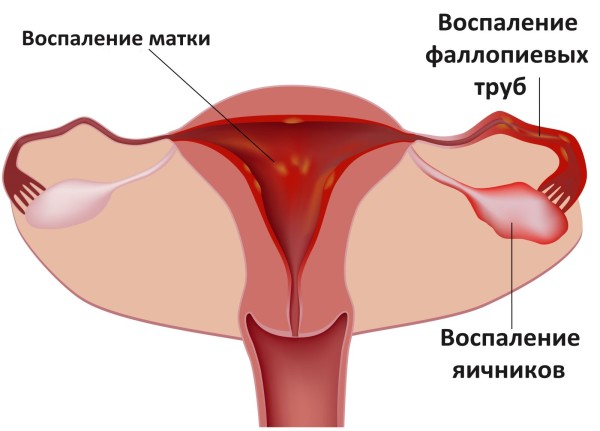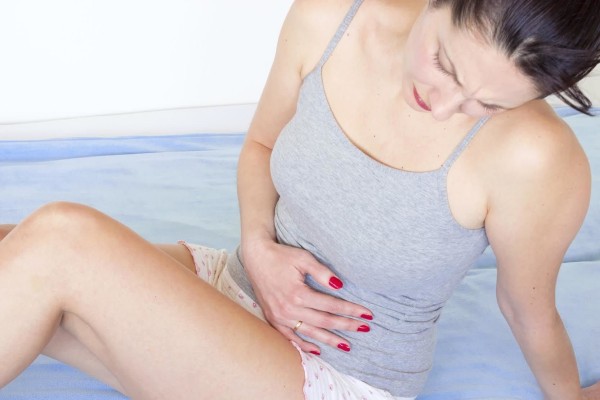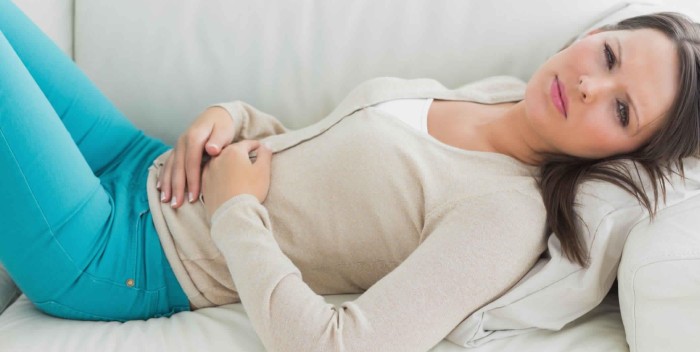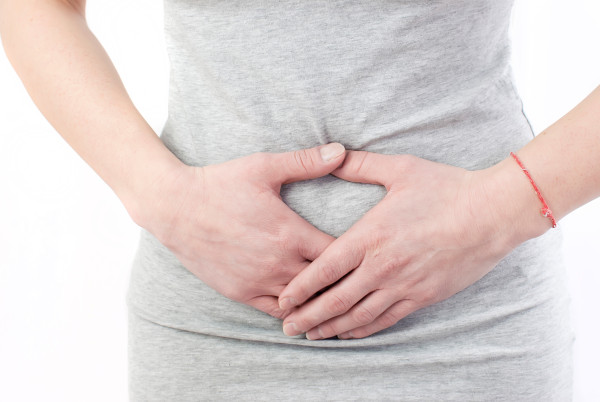Ovarian inflammation: causes, symptoms, treatment
Women often do not want to talk about their intimate problems. Therefore, when painful sensations in the lower abdomen arise, they turn to their friends or the Internet for advice. Meanwhile, in this case, you just need to visit a gynecologist. After all, it can be a very serious disease - inflammation of the ovaries.
Content
Causes of ovarian inflammation
The process of inflammation in which a woman's ovaries are damaged is called oophoritis. Often, inflammation also affects the woman's fallopian tubes. With an illness, the ovary can be affected only on one side or on both.

There may be several causes of the disease:
- The ovaries can suffer from pre-existing inflammation in the female body. For example, inflammation of the ovaries can provoke chlamydia or venereal disease.
- A high level of pathogenic microflora also has a bad effect on the condition of the ovaries. It could be candida or E. coli. A high level of harmful microflora is caused by blood stagnation during a sedentary lifestyle or hypothermia of the body, a general weakening of the immune system.
- Even a simple bowel disorder can end up provoking ovarian inflammation.
Ovarian inflammation - symptoms
The disease is chronic or acute. At the same time, keep in mind that a chronic illness is not necessarily a consequence of a poorly treated acute form. It may happen that with some sexually transmitted diseases, oophoritis occurs in the chronic stage.
In the acute course of the disease, a woman feels severe pulling pains in the lower abdomen. The pain radiates to the lower back and sacrum, localized to the right or left, depending on which ovary is affected. Urination and intercourse are also very painful.
The woman has a fever, she feels a fever, weakness and signs of poisoning - nausea and vomiting.
The nature of vaginal discharge changes - transparent strong discharge appears. Sometimes pus can be seen in the discharge. This indicates a very dangerous stage - a purulent lesion of the ovaries, which can result in peritonitis.
 For the chronic stage, the symptoms are the same, but in a calmer form. A woman feels a dull pain in the lower abdomen, which tends to increase with exertion, hypothermia, or menstruation.
For the chronic stage, the symptoms are the same, but in a calmer form. A woman feels a dull pain in the lower abdomen, which tends to increase with exertion, hypothermia, or menstruation.
In the chronic course of the disease, a lot of white mucus is secreted from the vagina. The menstrual cycle gets confused, and blood is often released between periods.
Ovarian inflammation - treatment
Treatment of ovarian inflammation should be started immediately. Otherwise, the disease can lead to very serious consequences, for example, to infertility... First of all, a woman needs to be provided with complete peace. This also applies to physical activity and emotional state.
Usually the doctor will prescribe a course of antibiotics to relieve the inflammation. The most effective antibiotics: Zomax, Sumamed, Azithromycin, Siflox. They can be taken as pills or injections.
To relieve pain, Ketanov or Ibuprofen are used. To relieve the symptoms of body poisoning, droppers are placed with a calcium chloride preparation. To reduce the load on the liver, you need to drink hepaprotectors and bifidobacteria at the same time. It is recommended to take vitamins to enhance immunity.
Chronic ovarian inflammation requires a different approach. Antibiotics are practically not used here. The main emphasis is on restoring natural immunity, general strengthening of the body, and relieving pain. The doctor prescribes absorbable tampons, douching with medicinal solutions. Methods of physiotherapeutic treatment are used - electrophoresis, ultrasound, magnetotherapy.
They are used to treat ovarian inflammation and traditional medicine. This can be ingestion of decoctions of medicinal herbs or douching with them.
To protect yourself from ovarian inflammation, you need to follow simple recommendations. Be attentive to your health, prevent hypothermia of the body, treat infectious diseases in time, observe personal and sexual hygiene.




